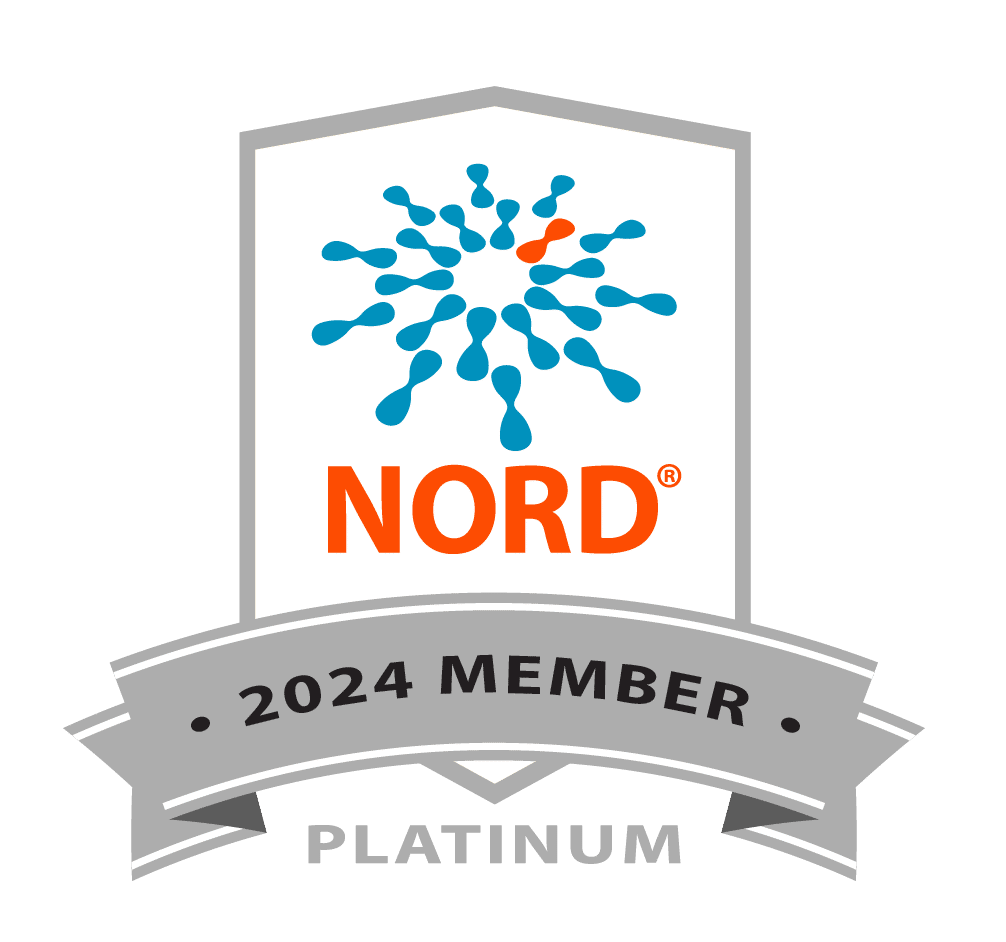Ype Elgersma, Ph.D. Erasmus University, Netherlands.
RASopathies are caused by mutations in the Ras/ERK signaling pathway, resulting in over-activation of this pathway. These disorders typically present with varying degrees of cognitive disability. Although the Ras/ERK pathway is ubiquitously expressed in most neurons, studies on Neurofibromatosis type 1 (NF1) which is one of the best-studied RASopathies, showed that the neuronal deficits are specific to inhibitory neurons. Here, I will present new data in which we investigated whether a gain-of function mutation in the H-Ras protein, which is negatively regulated by NF1, recapitulates this cell-specific phenotype of NF1.
We made use of a mouse mouse model of Costello syndrome (CS), which is caused by activating mutation (H_RasG12V) in the H-RAS gene. We confirm that the H- RasG12V mouse is a suitable model to study CS by showing that these mice have hyperactive Ras/ERK pathway and a profound learning deficit as assessed in the Morris water maze (MWM). Furthermore, we found that mice expressing the H-RasG12V mutation only in excitatory neurons show similar learning deficits in the MWM and a hyperactive Ras/ERK pathway, and that the plasticity deficits were not the same as the deficits observed in Nf1 mice. These results indicate that the mechanism underlying the CS phenotype is different from NFL
To investigate the molecular basis of the cell-type specific pathophysiology of Nfl we made use of a novel mouse mutant lacking a neuron-specific isoforrn of neurofibromin (Nf19a-19a– mice), we identify the hyperpolarization-activated cyclic nucleotide-gated (HCN) channel 1 as a neurofibromin interacting protein, and demonstrate that a selective attenuation of HCN current in parvalbumin-expressing interneurons is a cause of increased inhibition in Nfl mutants. We further show that the HCN channel agonist lamotrigine rescues the synaptic plasticity and learning deficits in both Nf19a–19a– mice and Nfl+l– mice. Together, our results highlight a critical role for HCN channels in the pathophysiology of NF1- associated cognitive deficit, and identify a novel target for clinical drug development.
In summary, our data suggest that although both CS and NFl affect the same pathway and have a similar biochemical and behavioral outcome, the neuronal mechanisms underlying the cognitive deficits are only partially overlapping. Costello syndrome {CS} is a rare RASopathy characterised by moderate to severe mental retardation, morphological brain abnormalities, craniofacial anomalies, increased birth weight, failure to thrive, short stature, cardiovascular disfunction and a predisposition to develop tumors. CS is caused by germline point mutations {Gly12Val} in the H-Ras gene that render the protein constitutively active, which leads to increased activation of the Ras/ERK pathway. Mice with a homozygous G12V knock-in mutation in the H-Ras gene are suitable as a model to study the mechanism underlying learning deficits observed in Costello patients because these mice show 1} an increased phosphorylation of l-l-Ras’ main downstream target ERK, 2} spatial learning problems in the Morris water maze {MWM} and 3} deficits in long-term depression {LTD}. To further investigate the mechanism underlying LTD deficit in CS mice we can use extracellular field potential recordings in hippocampal slices. Using pharmacological approach we can distinguish between different mGluR-LTD mechanisms by measuring impact of different drugs on mGluR LTD induction and expression in WT and H-RasG12V mice e.g. by application of protein synthesis blockers {anisomycin or cycloheximide}, protein tyrosine phosphatase {PTP} inhibitors {orthovanada e and phenylarsine oxide}, proteolysis inhibitors {calpain inhibitor III}. In addition, the role of presynaptic component of mGluR-LTD involving the retrograde signaling of e.g. endocannabinoids and/or dopamine, would be of particular interest for us, since H-Ras is strongly expressed at the presynaptic nerve terminals. By means of pharmacological modulation of e.g. endocannabinoid {CB} receptors by AM281 {antagonist} and WIN55, 212-2 {agonist} we could extrapolate modulatory effect of CBs on mGluR-LTD and their possible dysfunction in H-RasG12V mice. Furthermore, synaptic vesicle depletion protocols in field recordings would help to gain more insight in
presynaptic mechanisms and their possible involvement in H-Ras G12V phenotype.
Furthermore expression and posttranslational modifications of proteins involved in mGluR-LTD {e.g. Arc, ETEP} mechanisms would be of our interest. In particular, it would be interesting to access the expression level of a scaffolding protein caveolin-l, which is required for mGluR5 mediated LTD as well as for the membrane targeting of H-Ras. In addition, it has been reported that oncogenic H-Ras G12V can influence caveolin-l expression suggesting that this protein might downregulated in H-RasG12V mice and thus important for the observed LTD phenotype *




